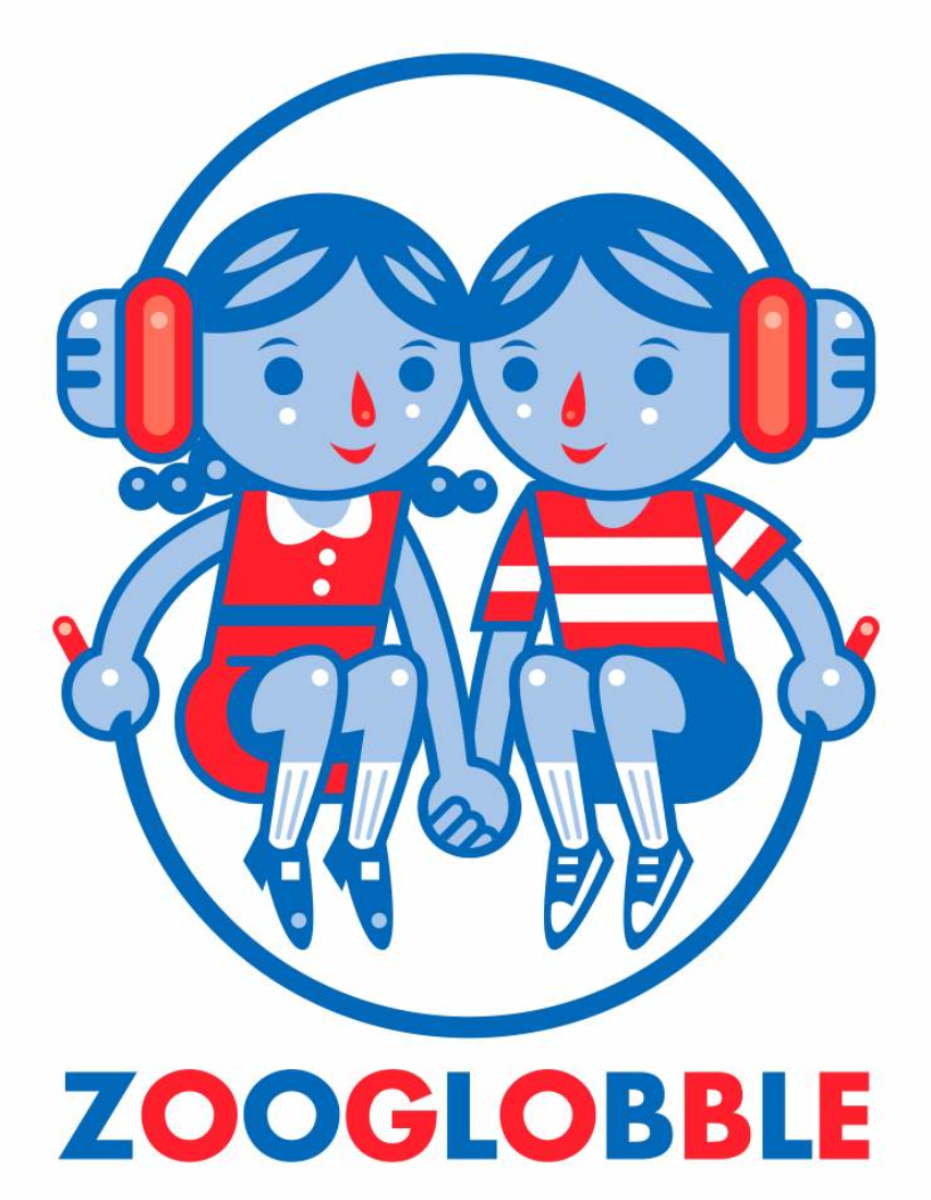We are in at least the third wave of Spanish-language kids music. The first wave was a narrow but very deep wave, for the most part consisting of Jose-Luis Orozco and Suni Paz, who each have been making music and releasing records for roughly forty years. (They're still doing so.)
The two of them (separately) made their folk music, often with little more than their voices and guitars, but in the late 2000s, the second wave swept through. This second wave was considerably broader, but also far more shallow. This was because most of the music was designed with the idea of teaching Spanish to English speakers in mind. This led to literally dozens of Spanish-language albums featuring simplistic lyrics and, often, music to match. There were exceptions, of course -- Dan Zanes' ¡Nueva York! from 2008, his attempt to translate his age-desegregated music to a non-English idiom and capture in music the vibrancy of the Latin culture in New York City was the most notable -- but mostly they proved the rule. I don't know how successful these albums were in teaching Spanish, but the fact that such albums aren't released much these days suggests that there isn't much of a market for them, educationally or musically.
So here we are in the third wave, I think. What are the features of the third wave? I think they're threefold:
1) An expansion of the sound from guitar-based folk music to encompass not only traditional music from a wider range of Spanish-speaking countries, but also shinier pop and rock sounds.
2) The diminution of interest in the song as explicit Spanish-language teaching tool. There are still songs and albums for which that's a more important point, but they tend to be much better songs, which makes any educational point go down much more smoothly.
3) The choice to write songs in Spanish just because it happens to be the best language for telling the story of the song. Much as a musician might choose a particular genre, they can choose a language as well. Here in the United States, of course, English is usually the default option... but it's not the only option.
It's in this third wave that we find Sonia De Los Santos, who brings us Mi Viaje: De Nuevo León to the New York Island, her first solo album for families. Over the course of twelve tracks, De Los Santos sings about her journey ("viaje") from her home in Monterrey, Mexico to New York City. For the most part, the journey isn't literal, but rather a journey in song. Unsurprisingly, since De Los Santos first came to attention to the kids' music world when she joined Dan Zanes' band back around the time of ¡Nueva York!, Zanes plays an important role -- his Festival Five Records is releasing the album, and he and his band appear on several track. ("Tan Feliz," a De Los Santos original, has a very Zanes-ian folk-rock sound.)
But this is not another Dan Zanes album, which allows De Los Santos to put her own mark on the style of family music Zanes popularized. Setting aside the language difference (98% of the lyrics here are not in English), De Los Santos travels the Spanish-speaking hemisphere to dip into a broad series of styles.
As I live in the Southwest United States, and have for the better part of thirty years, perhaps I gravitated to the sounds most familiar to me, those of Mexico, the sons with sizable bands of stringed instruments (jarana and requinto, for example, which are versions of guitar). So "La Golondrina" ("The Swallow," another De Los Santos original) and album closer "Monterrey" appealed to me.
But it's definitely a broader tour than that as she records songs from Venezuela ("Luna y Lucero," or "The Moon and Star"), Chile ("Indeicto Dormido," featuring a distinctive pan flute sound), and Cuba ("Burubndanga," with Caridad De La Luz aka La Bruja helping out on vocals). She sings a lullaby, "Txoria Txori," in a language I've never even heard of before, let alone heard, Euskera, which is from the Basque region in Spain. She even translates a couple English-language songs into Spanish, most notable Woody Guthrie's "This Land Is Your Land." Here, it becomes "Esta Es Tu Tierra," building from a single voice to a large chorus, and in its translation and structure, it's an artistic choice that is both subtler and bolder politically than anything else you're likely to hear on a kids' record this year.
The cumulative effect is indeed that of a journey, but I wish De Los Santos had been even more of a guide. De Los Santos' voice and the musical arrangements convey a fair amount of the songs' emotional and lyrical content, and she provides some brief comments in the liner notes, but there are no lyrical translations attached. (The website has some, but not all, translations as of the time of this writing.) I think, therefore, that some of the impact of the album will be muted for, say, the 5-year-old kid who doesn't happen to speak Spanish.
This will be an increasingly interesting choice for artists in the future -- do they make albums featuring non-English songs explicitly for an audience of primarily English speakers, or do they craft the albums for the target non-English-speaking audience and hope the English speakers come along for the ride? I think that artists are going to come down on both sides of that question, and continue to wrestle with what they're trying to do.
The 41-minute album is most appropriate for kids ages 4 through 8. You can listen to "La Golondrina" here. As with most Festival Five albums, the physical album packaging is lovely -- it's definitely an album worth considering getting a physical version of.
Mi Viaje is an engaging album, and De Los Santos has succeeded in her goal of having listeners understand her journey from Mexico to New York City. A Spanish-language kids music album might seem like a niche record, but as De Los Santos and others in this third wave of Spanish-language kids music of the past couple years have shown, it can speak to a fairly broad audience. Definitely recommended.
Note: I received a copy of this album for possible review.













